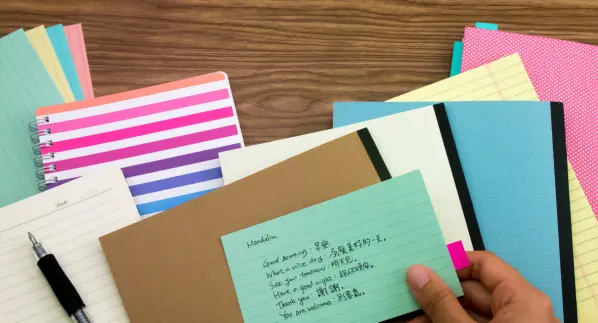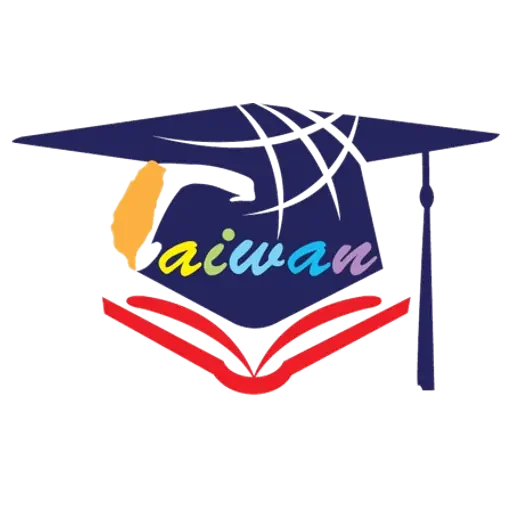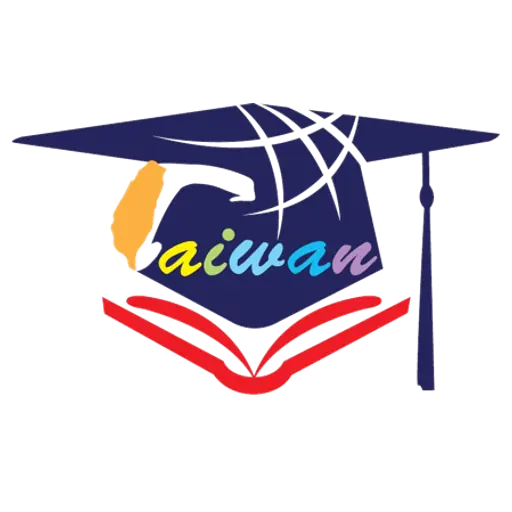How to Learn Mandarin Fast: Essential Tips for Rapid Mastery in Taiwan

There’s a global Mandarin wave rolling in, and it’s not just because of the dumplings. With the world getting even more interconnected, languages play an essential part in bridging communication gaps—and Mandarin is a prime example.
But let’s face it: Because of its complex tones, character recognition, and cultural nuances, learning Mandarin might seem like a mountain to move. Don’t fret though because there are plenty of efficient strategies to learn Mandarin rapidly. We’ve gathered some of the tried and tested ways from language learners across the globe.
A Comprehensive Guide to Mastering Mandarin in Taiwan
Embarking on the journey to learn Mandarin can be an exhilarating challenge, especially when aiming for rapid mastery. Taiwan, with its rich cultural heritage and unique linguistic environment, provides an ideal setting for this adventure. To navigate this path efficiently, it’s crucial to adopt a holistic and strategic approach to language learning. Below, we explore key strategies that have proven effective for learners worldwide, offering insights into how you can tailor your learning experience for maximum impact.
1.Choose Traditional Chinese
When pondering how to learn Mandarin fast, deciding between Traditional and Simplified Chinese is a significant first step. These two writing systems are like fraternal twins—similar yet distinct.
Traditional Chinese, as the elder sibling, has a vintage charm that connects back to historical scripts. Plus, it’s the go-to for folks in Taiwan, Hong Kong, and many Chinese communities overseas. On the other hand, Simplified Chinese, fostered by the People’s Republic of China, is adapted to be more concise and easier to learn.
To choose the perfect fit for you, consider factors such as personal preferences, cultural heritage, business demands, or regional requirements. If Taiwan is on your horizon, we suggest you charm your way in with Traditional Chinese. It’s gonna open doors from street food stands to business deals; in other words, it will help you to navigate daily interactions and boost your integration into the local scene.
2.Begin with the Basics
Now, you’ve got to start with a rock-solid foundation—the basics. This foundational skill set isn’t glamorous, but it’s your launchpad to communication success.
Mind Your P’s and Q’s—and Tones!
In Mandarin, how you say something is as important as what you say—the inflection in your voice can change a ‘ma’ from a ‘mother’ to a ‘horse’. That’s why nailing pronunciation and sentence structure from the get-go is crucial.
So, step one: cozy up to Pinyin. Pinyin is like GPS for pronunciation, guiding you with familiar Roman letters through the maze of Mandarin sounds.
Harmony in Tones
Mandarin has four main tones: high and level, rising, falling then rising, and falling. Why are they important? Well, because they change the meaning completely. Here’s a practical tidbit: use hand gestures to mimic the rise and fall of tones. The combination of movement and speech helps your brain catch on faster. Also, using the tones. After all, if you’re going to say ‘horse’ when you mean ‘mother’, you might as well be melodious about it.
3.Consistent Practice
Practice, practice, and more practice. Consistency is key when it comes to Mandarin. You’re not going to master it overnight—it takes daily commitment, timely tweaks, and a dash of passion.
Try to carve out a regular, non-negotiable Mandarin time in your daily routine. It doesn’t have to be a 3-hour long, eyes-glazing-over grind. Replace your morning podcast with a Mandarin audio lesson. Squeeze in 15 minutes of language app drills while taking that afternoon coffee break. Try writing your grocery list in Chinese characters. These micro-practices make you feel like you’re staying present, relevant, and always learning.
This brings us to the next point.
4.Use Diverse Learning Resources
Diversifying your approach is essential. Just as you wouldn’t limit your investments to one asset, don’t restrict your language learning to a single method.
If you want to know how to learn Mandarin fast, tap into the online world’s wealth. Resources and apps like FluentU or HelloChinese are efficient at offering relevant lessons. Yet, don’t forget the hardbound wisdom of textbooks. They’re the well-organized secretaries of language learning, arranging complex grammar and bustling vocabulary into neat files for easy access.
Lastly, interactive platforms could also allow you to learn the language via engaging activities. We’re talking interactive quizzes and role-plays. Services like Ninchanese or ChineseClass101 are where Mandarin meets edu-tainment.
5.Focus on Practical Vocabulary
Of course, when you’re picking up new lingo, go for the words and phrases that you’ll actually use. Now, the path to vocab glory? Flashcards. Yes, they’re as old school as mixtapes, but guess what? Mixtapes were legendary, and so are flashcards, especially when you jazz them up with spaced repetition. Don’t forget to throw those new Mandarin nuggets into your day-to-day convos!
6.Systematic Learning of Characters
When it comes to Mandarin characters, begin by fitting together the corner pieces. These are your simplest characters such as 山 (shān – mountain), 水 (shuǐ – water), and 火 (huǒ – fire). Then, dive deeper into character construction by decoding radicals and stroke order. Apps like Pleco offer flashcard features for a drill practice. Pick up a workbook like ‘Learning Chinese Characters’ to methodize your approach.
7.Interact with Native Speakers
Consider using platforms that pair you with native speakers like HelloTalk or Tandem. Alternatively, connect with local language communities, so you can turn your language learning journey into an engaging social endeavor.
Real-time interaction stretches far beyond ingraining phonetics, as it involves language in motion, soaking up the ebb and flow of colloquial terms and jargon.
8.Immersive Learning
We also highly suggest immersing yourself in the treasure trove of Chinese context and culture right from your living room by transforming it into a Mandarin-speaking hub—put sticky notes with Chinese characters on everyday items, curate a playlist of Mandarin tunes, and create a watchlist of Chinese dramas.
For those ready to level up, consider a Mandarin immersion course or a vacation in Taiwan. Imagine navigating night markets where the only English you’ll find is on the KFC menu. It’s a cultural shock, but it’s a useful guide on how to learn Mandarin fast.
9.University and Exchange Programs

Speaking of Taiwan, you may consider enrolling in a university or an exchange program in the country if you’re looking to give your linguistic proficiency and cultural awareness a serious leg up.
Taiwanese universities offer an immersion that no app or classroom stateside can match. You’re not just learning Mandarin; you’re living it. Daily lectures, group projects, and chats in the student commons—they all become part of a rigorous language workout.
Start vetting programs, check out scholarships, and look into student visas. Trust us, the upfront hustle pays off with fluency gains and cultural insights that make you stand out in any international business setting.
Strategic Approaches to Fluent Mandarin: Embracing Diversity and Immersion in Taiwan
Mastering Mandarin in Taiwan is like developing your business strategies: Mix them up! From leveraging tech tools to networking at language exchanges, diversify your methods for maximum language yield. Embrace the array of cultural experiences as a market exploration phase, enriching your understanding of Taiwan.
Our wildcard tip? University programs or student exchanges—they are the equivalent of securing top-tier business consultants offering invaluable insights on language and culture. Some examples include: UECFOCS, the Taiwan Experience Education Program (TEEP), the Research Grant for Foreign Scholars in Chinese Studies, and the MOFA Taiwan Fellowship.
Last but not least, tackle this challenge as you would a major business task—eagerly and with patience.
Funded by the Ministry of Education.

